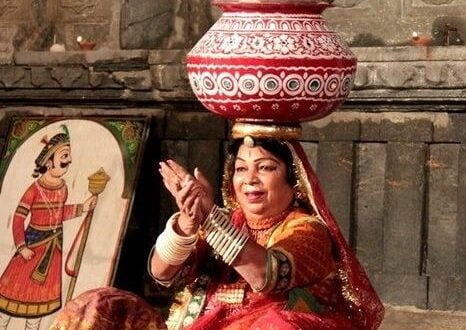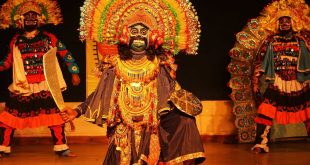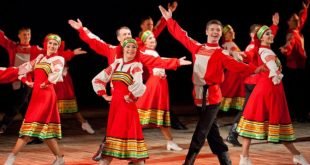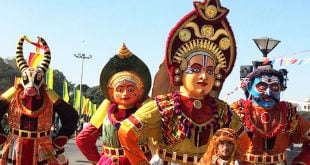Dharohar Folk Dance
Dharohar Folk Dance is a traditional dance form originating from the rich cultural heritage of a specific region or community, showcasing unique dance movements, vibrant costumes, and accompanied by traditional music and instruments.
1. History of Dharohar Folk Dance
The History of Dharohar Folk Dance dates back centuries, originating from the cultural heartlands of a specific region. This captivating dance form has evolved and flourished through the passage of time, intertwined with the rich tapestry of the community’s traditions, customs, and way of life.
Dharohar Folk Dance finds its roots in ancient rituals and celebrations, where it was an integral part of religious ceremonies, harvest festivals, and other significant occasions. The dance was believed to invoke blessings from the gods and seek harmony with nature, making it an essential aspect of the community’s spiritual and social fabric.
As generations passed, the dance form went through an organic evolution, adapting to changing times while preserving its intrinsic cultural significance. Through oral traditions and expert tutelage, the dance steps, movements, and stories behind Dharohar Folk Dance were passed down from elders to younger generations, ensuring its continuity and authenticity.
Intriguingly, Dharohar Folk Dance also reflects historical influences and regional interactions. As trade routes and cultural exchange flourished, the dance absorbed elements from neighboring communities, further enriching its repertoire. This amalgamation of diverse influences gave birth to a unique and diverse art form that is both mesmerizing and emotionally resonant.
Throughout history, Dharohar Folk Dance has faced various challenges and periods of decline. However, the enduring passion and commitment of the community have always reignited its flame. In recent times, efforts from cultural organizations, government initiatives, and a growing global interest in traditional arts have revitalized Dharohar Folk Dance, bringing it to the forefront of cultural showcases and international platforms.
Today, Dharohar Folk Dance stands as a symbol of the community’s resilience, identity, and artistic expression. Its captivating performances not only pay homage to the past but also celebrate the living culture of the region, fostering a sense of pride and unity among the people. As it continues to evolve and thrive, Dharohar Folk Dance remains a vital link between the past and the present, carrying the legacy of its ancestors and preserving the essence of the community’s invaluable cultural heritage.
2. Traditional Costumes
Dharohar Folk Dance is renowned for its dazzling and diverse range of Traditional Costumes, which play a vital role in enhancing the visual spectacle and cultural essence of the dance form. These costumes are a reflection of the community’s distinct identity and historical roots, showcasing a unique blend of artistic craftsmanship and traditional aesthetics.
The attire worn during Dharohar Folk Dance varies from region to region, each having its own distinct style and significance. Typically, the costumes are intricately handcrafted with attention to detail, using vibrant colors and elaborate designs that symbolize the natural beauty and cultural motifs of the specific locality.
Women’s costumes in Dharohar Folk Dance often feature graceful and flowing garments that allow for fluid movements during the performance. Exquisite embroidery, mirror work, and beadwork adorn the dresses, adding a touch of sparkle and elegance. The outfits are further complemented by striking jewelry, such as necklaces, bangles, and anklets, which contribute to the overall charm and grace of the dance.
Men’s costumes, on the other hand, exhibit a blend of traditional and functional elements. They typically wear colorful turbans or headgear, symbolizing their status and regional heritage. The attire may include dhotis or trousers combined with embroidered shirts or jackets that represent the cultural aesthetics and historical pride of the community.
One fascinating aspect of Dharohar Folk Dance costumes is that they often incorporate nature-inspired motifs and patterns. Floral designs, peacock feathers, and symbolic representations of animals are frequently embroidered or printed on the fabrics, signifying the deep connection with the land and its surroundings.
Moreover, the costumes also play a crucial role in differentiating various dance styles within Dharohar Folk Dance. Different regions may have distinct dance variations, and the costumes act as a visual cue, helping the audience identify the specific dance form being performed.
Over time, efforts have been made to preserve and promote these traditional costumes. Cultural institutions and artisans work diligently to ensure that the intricate craftsmanship and traditional techniques are passed on to future generations. Additionally, modern adaptations and collaborations have allowed these costumes to find a place on global stages, captivating audiences worldwide and contributing to the thriving legacy of Dharohar Folk Dance.
In conclusion, the Traditional Costumes of Dharohar Folk Dance are not merely garments but embodiments of cultural heritage and artistic expression. They encapsulate the essence of the dance form, telling stories of the past while inspiring a vibrant and ever-evolving tradition that continues to celebrate the community’s identity and rich history.
3. Music and Instruments
Dharohar Folk Dance is not only defined by its captivating dance movements and colorful costumes but also by its enchanting Music and Instruments that form the rhythmic heartbeat of the performance. The music is an integral part of this traditional dance form, providing the dancers with a melodic canvas on which they weave their graceful and energetic movements.
The music used in Dharohar Folk Dance is deeply rooted in the cultural heritage of the community, reflecting the soul of the region and its people. Traditional folk tunes and melodies are employed, each carrying its unique emotional undertones and historical significance. These melodies have been passed down through generations, preserving the essence of the dance form and ensuring its continuity over time.
Instruments play a pivotal role in producing the soul-stirring music that accompanies Dharohar Folk Dance. Each instrument contributes to the rhythmic complexity and enhances the overall performance. Among the most common instruments used are the dholak, a double-headed drum that provides the dance with its distinctive beats and lively rhythms. The dholak’s energetic and vibrant sound sets the pace for the dancers and adds a dynamic element to the performance.
Another prominent instrument is the shehnai, a traditional wind instrument known for its melodious and soulful tones. The shehnai’s expressive sound adds depth and emotion to the dance, often evoking a sense of nostalgia and cultural pride.
Other traditional instruments such as the harmonium and sarangi also find their place in Dharohar Folk Dance performances. The harmonium’s harmonious chords create a harmonizing effect, while the sarangi’s resonant notes bring a sense of authenticity and raw emotion to the music.
The musicians who play these instruments are highly skilled and deeply immersed in the musical traditions of the region. They play a crucial role in ensuring that the music seamlessly complements the dance movements, creating a captivating and immersive experience for the audience.
Throughout history, the Music and Instruments of Dharohar Folk Dance have evolved and adapted, embracing modern influences without losing their traditional essence. This adaptive nature has allowed the dance form to stay relevant and resonate with contemporary audiences while preserving the cultural heritage and musical heritage of the community.
In conclusion, Dharohar Folk Dance’s Music and Instruments are inseparable components that breathe life into the performance, elevating it to a mesmerizing and emotionally resonant art form. Through the harmonious interplay of traditional tunes and indigenous instruments, this dance form continues to thrive and celebrate the enduring spirit of its cultural legacy.
4. Dance Steps and Movements
Dharohar Folk Dance is distinguished by its mesmerizing and diverse Dance Steps and Movements that bring life and energy to this traditional art form. Each dance step holds cultural significance, narrating stories of the community’s history, mythology, and daily experiences. The movements are a reflection of the region’s unique lifestyle and the bond between the dancers and their natural surroundings.
The dance steps in Dharohar Folk Dance are characterized by a seamless blend of grace and vigor, evoking a sense of celebration and joy. Intricate footwork, swift twirls, and expressive hand gestures are all intricately choreographed to synchronize with the rhythmic beats of the music. The performers’ nimble feet create rhythmic patterns that mesmerize the audience and add a dynamic element to the overall performance.
One of the hallmark features of Dharohar Folk Dance is the vibrant use of props and accessories that accompany certain dance steps. These props, such as colorful scarves, sticks, or decorated pots, add a visual spectacle to the performance, enhancing the storytelling aspect of the dance. The dancers skillfully incorporate these props into their movements, showcasing their dexterity and artistic flair.
The movements in Dharohar Folk Dance often embody the essence of nature and everyday life. Graceful swaying of the arms may imitate the flowing of a river, while rhythmic tapping of the feet might replicate the patterns of raindrops falling on the ground. Such movements connect the dancers and the audience with their cultural roots and foster a deeper appreciation for the environment and the community’s way of life.
Moreover, the choreography of Dharohar Folk Dance also reflects the community’s collective identity and social structure. In group performances, synchronized movements and formations signify unity and camaraderie, reinforcing the cultural values of togetherness and cooperation.
Throughout the ages, Dance Steps and Movements in Dharohar Folk Dance have been passed down through generations, with each dancer adding their creative interpretation while preserving the traditional essence. The art of teaching these intricate movements remains a vital part of passing on the cultural heritage and ensuring the dance’s authenticity.
Today, Dharohar Folk Dance continues to evolve, incorporating contemporary influences and innovative choreography while staying true to its core elements. This fusion of tradition and modernity keeps the dance form relevant and accessible to diverse audiences worldwide, contributing to its enduring popularity and preserving the cultural legacy of the community. In essence, Dharohar Folk Dance’s Dance Steps and Movements encapsulate the spirit and soul of this captivating art form, reflecting the cultural heritage and artistic brilliance of the region.
5. Cultural Significance
Dharohar Folk Dance holds immense Cultural Significance as it serves as a powerful medium for preserving and celebrating the community’s heritage, values, and identity. This traditional dance form acts as a living repository of the region’s history, mythology, and social customs, connecting present generations with their ancestors and providing a sense of cultural continuity.
One of the primary cultural significances of Dharohar Folk Dance lies in its role as a storyteller. Through the graceful movements and expressive gestures, the dancers narrate tales of bravery, love, triumph, and the struggles of everyday life. These stories often carry moral lessons and insights into the community’s belief systems, passing down wisdom and values from one generation to another.
Beyond the art of storytelling, Dharohar Folk Dance plays a vital role in reinforcing social bonds and unity within the community. In group performances, the synchronized movements symbolize a collective identity and a sense of togetherness. This shared experience fosters a strong sense of belonging and cultural pride among the participants and the audience alike.
The dance form also acts as a vehicle for cultural exchange and interaction. During festivals and gatherings, different communities come together to showcase their distinct dance styles and costumes. This cultural exchange not only promotes mutual understanding but also enriches the overall tapestry of Dharohar Folk Dance by incorporating diverse influences and artistic expressions.
Moreover, Dharohar Folk Dance plays a crucial role in marking significant milestones and events within the community’s life cycle. From birth celebrations to weddings and harvest festivals, this dance form is an integral part of various traditional rituals and ceremonies. Its presence in these events imparts a sense of sanctity and auspiciousness, making the occasions even more memorable and culturally significant.
The cultural significance of Dharohar Folk Dance extends beyond the local level, as it represents the collective identity of the entire region and often becomes a symbol of regional pride. Communities take pride in preserving and promoting their unique dance heritage, recognizing it as an essential part of their regional identity.
As globalization and modernization pose challenges to traditional cultural practices, Dharohar Folk Dance stands as a symbol of resilience, with communities and cultural organizations working tirelessly to preserve this art form for future generations. Its continued practice not only keeps the community’s heritage alive but also fosters a sense of continuity and cultural legacy, reinforcing the significance of Dharohar Folk Dance in the modern world.
In conclusion, Dharohar Folk Dance’s Cultural Significance lies in its role as a living cultural treasure that embodies the community’s history, values, and artistic brilliance. It serves as a powerful conduit for cultural transmission, social cohesion, and regional pride, preserving the essence of the community’s cultural heritage and ensuring that the spirit of Dharohar Folk Dance endures for generations to come.
6. Modern Adaptations and Performances
Dharohar Folk Dance has undergone Modern Adaptations and Performances, embracing innovation and contemporary influences while staying true to its traditional essence. As the world becomes more interconnected, this traditional dance form has found new avenues for expression and global recognition, expanding its reach and impact beyond its local origins.
One significant aspect of modern adaptations in Dharohar Folk Dance is the incorporation of new choreographic elements and artistic interpretations. Choreographers and dancers have creatively blended traditional dance steps with contemporary movements, adding a fresh and dynamic dimension to the performances. These adaptations allow the dance form to resonate with younger audiences and appeal to a broader demographic, bridging the gap between the past and the present.
Moreover, Dharohar Folk Dance has witnessed a surge in collaborative efforts with artists from different disciplines. Dancers, musicians, visual artists, and filmmakers come together to create interdisciplinary performances that push the boundaries of traditional expressions. Through these collaborations, Dharohar Folk Dance is reimagined in unique and innovative ways, ensuring its relevance in the ever-changing cultural landscape.
Technology has also played a significant role in modernizing Dharohar Folk Dance performances. Advanced lighting, sound systems, and visual effects enhance the overall presentation, making the performances more immersive and captivating. Additionally, digital platforms and social media have provided a global stage for showcasing Dharohar Folk Dance to international audiences, fostering cross-cultural exchanges and appreciation.
Furthermore, international festivals and cultural events have become platforms for showcasing Dharohar Folk Dance on a global scale. Dance troupes and artists from different regions have the opportunity to present their art to diverse audiences, promoting cultural exchange and understanding. This exposure not only elevates the status of Dharohar Folk Dance but also fosters cultural diplomacy and appreciation of traditional arts worldwide.
Despite these modern adaptations, there remains a concerted effort to preserve the authenticity and integrity of Dharohar Folk Dance. Cultural organizations and practitioners actively work to safeguard traditional dance forms, ensuring that the essence and historical significance of the dance are retained in the midst of evolution.
In conclusion, Modern Adaptations and Performances in Dharohar Folk Dance have breathed new life into this cherished art form, allowing it to remain relevant and vibrant in the contemporary world. Embracing innovation while preserving its cultural heritage, Dharohar Folk Dance continues to captivate audiences, celebrate cultural diversity, and stand as a testament to the enduring spirit of tradition and creativity.
Frequently asked questions about Dharohar Folk Dance
What is Dharohar Folk Dance?
Dharohar Folk Dance is a traditional dance form originating from a specific region’s cultural heritage, characterized by unique dance movements, vibrant costumes, and accompanied by traditional music and instruments.
What is the cultural significance of Dharohar Folk Dance?
Dharohar Folk Dance holds immense cultural significance as it serves as a powerful medium for preserving and celebrating the community’s heritage, values, and identity. It acts as a storyteller, reinforcing social bonds, and marking significant milestones within the community’s life cycle.
What are the traditional costumes worn in Dharohar Folk Dance?
The traditional costumes in Dharohar Folk Dance vary from region to region, but they are typically intricately handcrafted with vibrant colors, elaborate designs, and symbolic motifs reflecting the community’s cultural heritage and artistic brilliance.
How has Dharohar Folk Dance evolved over time?
Dharohar Folk Dance has undergone modern adaptations to stay relevant in the changing cultural landscape. It incorporates new choreographic elements, collaborates with artists from different disciplines, embraces technology, and showcases its art on global platforms while preserving its authentic essence.
What musical instruments are used in Dharohar Folk Dance performances?
Dholak, shehnai, harmonium, sarangi, and other traditional instruments are commonly used in Dharohar Folk Dance performances. These instruments produce soulful and energetic music that accompanies the dance, adding depth and emotion to the overall performance.
Videos
Gallery
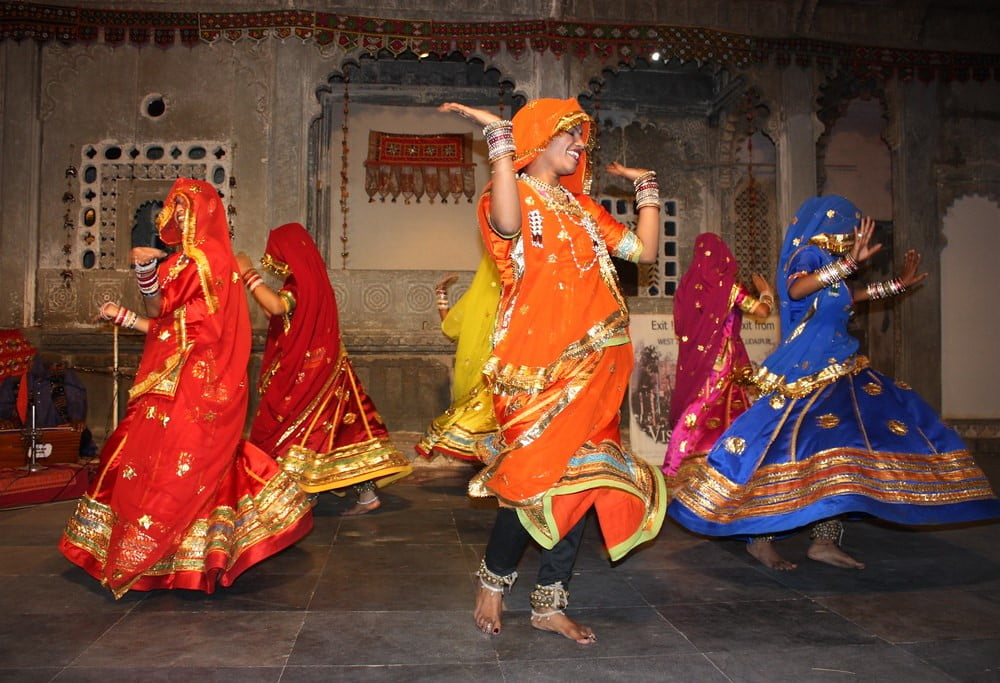
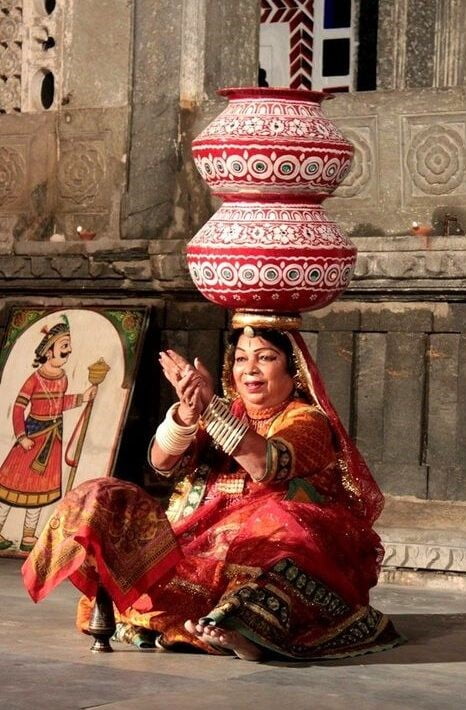
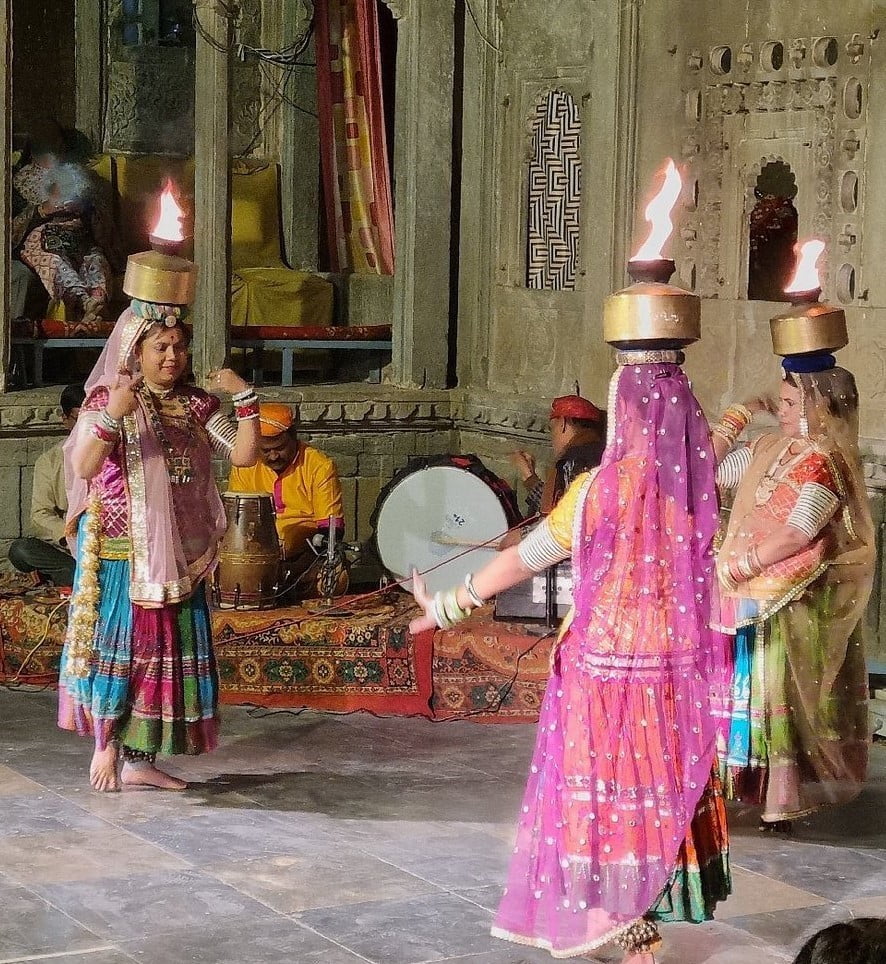
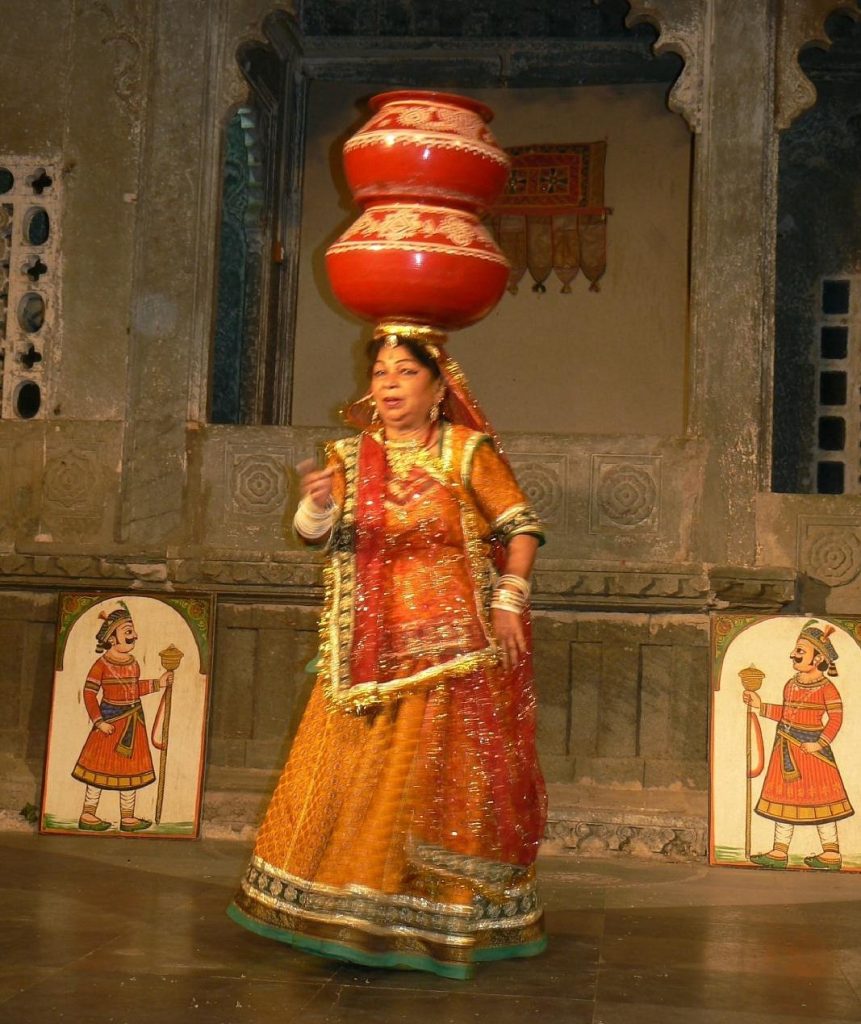
 FolkDanceWorld.Com International Folk Dances
FolkDanceWorld.Com International Folk Dances
